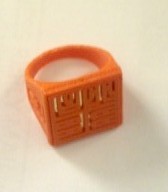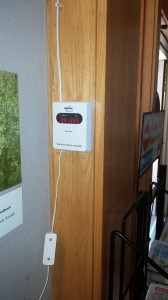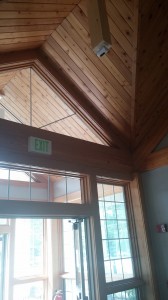I’m probably not the only one who’s been seeing more kids “vaping” with their e-cigarettes. And I’m probably not the only out there who’s been seeing ads for a “digital” vapor cigarette called VUSE.
With digital technology popping up everywhere, I guess it’s no surprise that it would make its way into the e-cigarette world, as well. In fact, “tech-talk” has made even further inroads into the smoker vocabulary, with those who smoke traditional tobacco-and-paper cigarettes now sometimes referred to as analog smokers.
I’m no expert on the topic, but for those unfamiliar with e-cigarettes, they’re a smokeless, tobacco-less way to deliver nicotine. They are battery-powered and convert liquid nicotine into a mist – hence the vapor wording associated with them..
I wasn’t willing to surrender personal information, including the last four digits of my Social Security number, in order to get access to the innards of the VUSE website. But from their public FAQ, I found this info about the “Smart Technology” that the VUSE e-cigarette uses:
The VUSE Digital Vapor Cigarette contains a Vapor Delivery Processor that uses algorithms in the same way a computer does, therefore it is “digital.” The Vapor Delivery Processor in the Power Unit, working with the SmartMemory™ microchip in the Cartridge, monitors and adjusts the power and heat delivered to the Cartridge up to 2,000 times a second, ensuring consistently satisfying puffs. (Source: VuseVapor)
For an explanation of e-cigarette technology, the most helpful site I found was the Tobacco Control sub-site of the BMJ (British Medical Journal). There, in an article on the design and product characteristics of e-cigarettes, authors Christopher Brown and James Cheng include a couple of schematics that show how these cigarettes work. This one clearly shows where the sensor and microprocessor factor in:
There’s also one that illustrates the full flow chart. Sorry about the blurriness.
Because of its use of technology, VUSE (and other e-cigs) had wide presence at last winter’s Consumer Electronics Show, and even received a couple of reviews.
When you take a vape of the Vuse, the tip has an attractive LED that lights up white. The LED is not only has a pleasant glow, but it’s useful, too. When the light flashes white for two seconds, the cartridge is running low on e-juice. When the light continuously flashes, the cartridge needs to be replaced. When the LED flashes red for two seconds, the battery is getting low. Constant red flashing means the battery needs to be charged. (Source: PC Magazine)
That’s what the SmartMemory is doing: counting the puffs and letting the user know they need to put in a new liquid nicotine cartridge.
As use of technology goes, the advent of the digital cigarette is by no means the most interesting, innovative, useful, or world-shattering. But as technology becomes more and more embedded in life’s everyday objects, great and small, it’s interesting to think about where it might end up next.


 thing that my grandfather might have ordered out of the back of a comic book during the 1930’s – a magic decoder ring or something.
thing that my grandfather might have ordered out of the back of a comic book during the 1930’s – a magic decoder ring or something.

 DSP they use is a Blackfin processor from Analog Devices,which I couldn’t tell from the outside looking in (especially given the tamper protection). And the connection is wired, not wireless, as I could tell by following the wires with my own two eyes.
DSP they use is a Blackfin processor from Analog Devices,which I couldn’t tell from the outside looking in (especially given the tamper protection). And the connection is wired, not wireless, as I could tell by following the wires with my own two eyes.